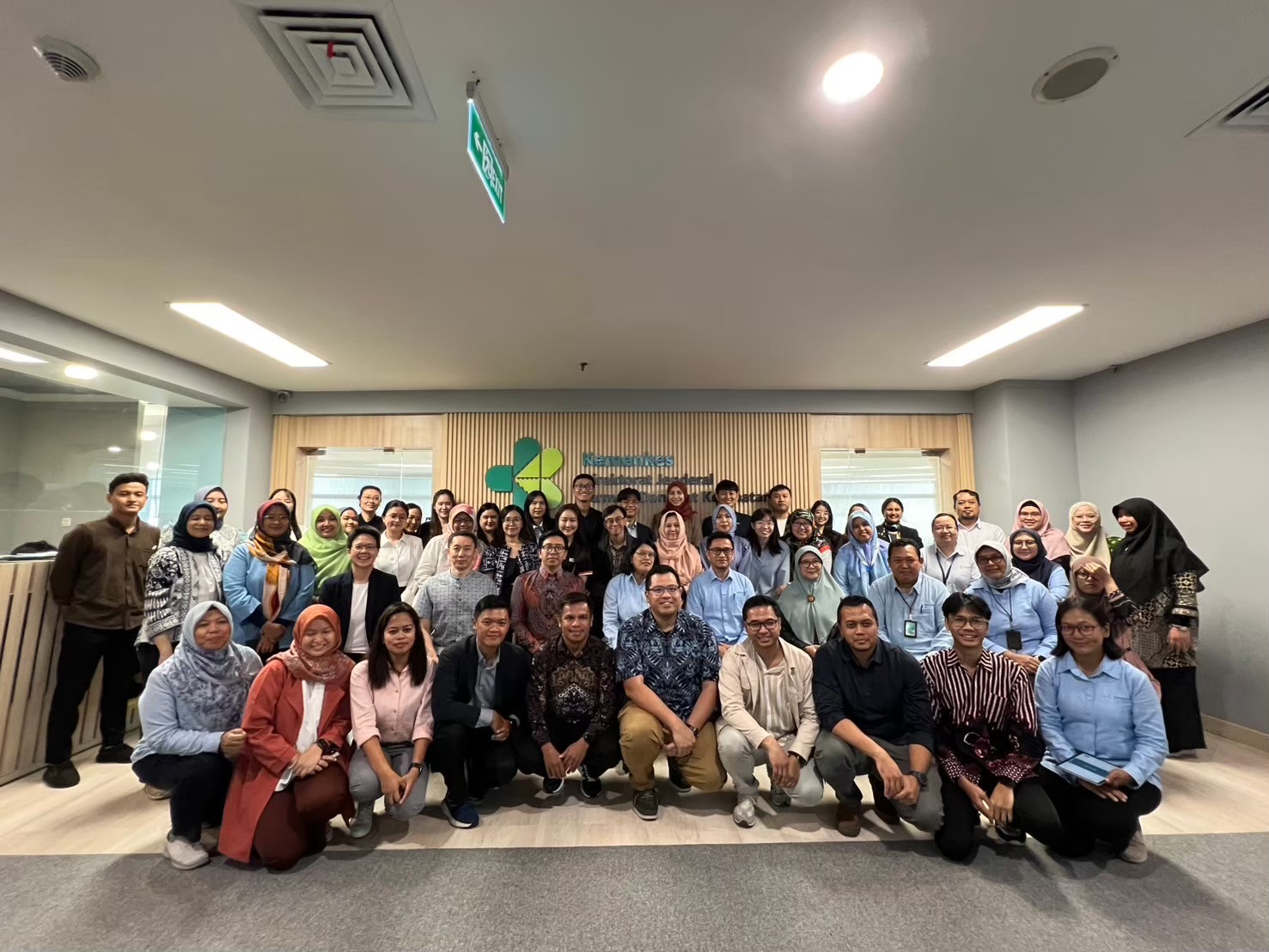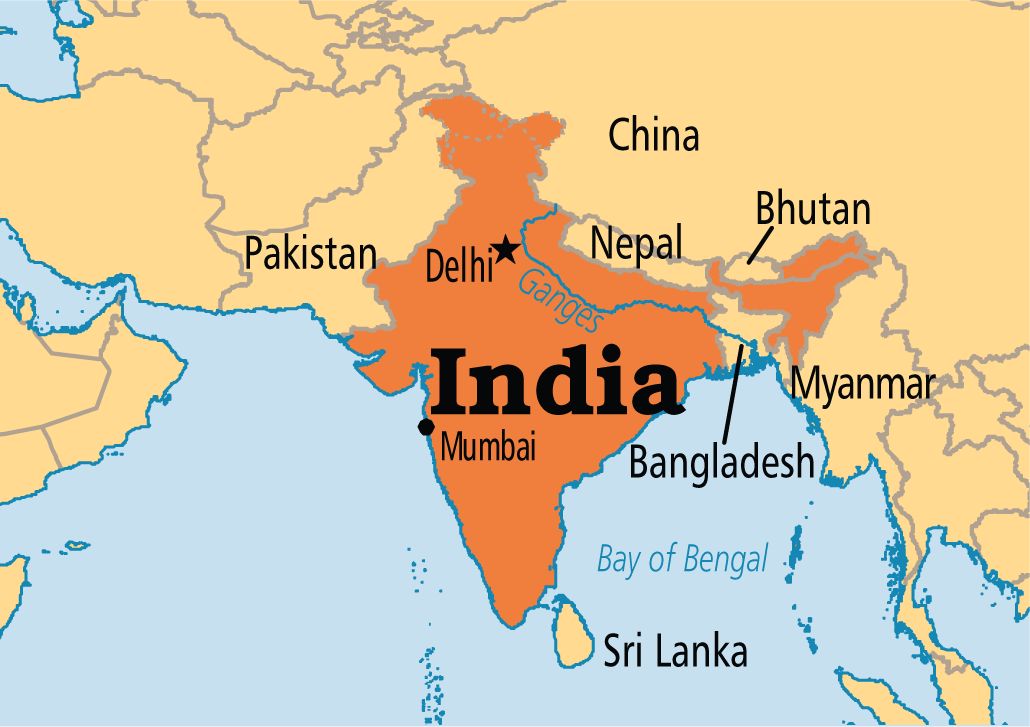[PRESS RELEASE] Cross-Border Insights into Lao PDR’s Evidence-Informed Health Policy with HTA: First-Ever Study Maps the Way Forward




With HTA gaining ground as a tool for priority-setting globally, it comes as no surprise that, alongside many other questions on the development of the mechanism, countries are trying to find ways to adapt HTA to their particular healthcare system and context. Such was the case the HITAP team found when we went to India for a national level economic evaluation for healthcare workshop and symposium from November 30th to December 3rd, 2015, in Chandigarh, a city located in the state of Punjab. Lecturers included Dr. Shankar Prinja from the PGIMER and Dr. Stephen Jan, the head of the Health Economics Department at the Sydney University, and Mr. Blake Angell, a PhD student in health economics at the Sydney University. Organized by the School of Public Health, Post Graduate Institute of Medical Education and Research (PGIMER), Chandigarh, and the Public Health Foundation of India (PHFI), New Delhi, as part of a USAID funded health financing project, the HITAP team (with support from the iDSI) assisted the lecturers in a highly technical workshop that was attended by thirty four participants, with the majority of them academics and researchers. Our overall impression was that the perspective was that HTA should be conducted on a state level. Several actors also play a role in HTA use in the country.
Public health agencies such as HITAP and NICE are geared towards implementation of HTA within a UHC system in Thailand and the United Kingdom, respectively, and health interventions are provided through a centralized system in these countries. Our research has shown that, unlike our experiences in these countries, in the division of responsibilities set out in India’s Constitution, public health falls under the purview of states.[1] This means that the 29 states and 7 union territories have their own health policies that cater to their needs. Data suggests that there are differences in basic health outcomes such as life expectancy and infant mortality across states[2] motivating policy makers to take a national level approach. In this context, the National Health Mission (NHM), originally launched to serve rural areas only, works with state level agencies to strengthen their capacity and health systems through a cost sharing mechanism. Administered by the Ministry of Health and Family Welfare (MoHFW), it is supported by the National Institute of Health and Family Welfare (NIHFW), an autonomous institution under the Ministry that is concerned with training on public health as well as serving as a think tank, and the National Health Systems Resource Centre (NHSRC), which provides technical support to both central and state agencies.[3] In addition, the Ministry’s Department of Health Research (DHR) oversees the Indian Council of Medical Research (ICMR) which is responsible for coordinating biomedical research in the country.
The role of HTA in setting priorities for healthcare expenditure is still evolving in India. In 2013, the DHR decided to establish the Medical Technologies Assessment Board (MTAB) which would be responsible for determining the cost effectiveness of health interventions[4]. While ICMR, also under the DHR, has advertised positions for the new body[5], the MTAB does not appear to have taken form yet (per information available online). Even as conducting cost effectiveness studies is in the mandate of MTAB, the division of Healthcare Technology and Innovations of the NHSRC also describes conducting HTA as one of its responsibilities and conducts a workshop on HTA every six months[6]. Further, this division is a member of the INAHTA, which is an international network of HTA agencies. Organizationally, the NHSRC is under the NHM, which is one of the Departments of Health and Family Welfare of the MoHFW whereas the MTAB is under the Department of Health Research (DHR). Based on information available, it is not clear what the division of labour or the roles and responsibilities are or will be with regards to HTA in India and this is an area that could be clarified through discussions with stakeholders or with additional research.
During the workshop, it emerged that Tamil Nadu, one of the states, has made progress in providing health services to its citizens and has performed well on health indicators among major states in the country[7]. The Chief Minister’s Comprehensive Health Insurance Scheme (CMCHIS) is a generous health insurance package for families with an annual income less than INR 72,000. In what resembles a benefits package, the state government has developed a list of procedures and services at empanelled hospitals that can be availed as part of this scheme. Although not ‘universal’ in nature, the state seems to have other health schemes in place as well including the Tamil Nadu Health Systems Project (TNHSP) which works towards strengthening services for the poor and vulnerable. Given that Tamil Nadu is relatively advanced in managing its healthcare system, a detailed study on the lessons learned from its experience may be worth exploring.
In India, the union government does not have a direct line of command and communication with providers; as such, implementing UHC is infeasible. Despite this, HTA may be implemented without tying it to a UHC system. States have begun to consider programs that provide healthcare to majority of the population, such as the case with Tamil Nadu’s healthcare system. Yet even states that choose not to provide some form of health coverage will eventually face limitations. As with all countries, India also faces constraints in terms of resources, which may be exacerbated on the state level depending on funding allocations. The resources that are provided to each state must be allocated efficiently through an acceptable process – a prime justification for conducting HTA. An HTA program established at the national level to provide a coordination role and assist institutions with HTA capacity spread across the country could prove useful in the initial stages of HTA development. Conducting a few ex-ante HTA studies prior to passing policy and/or resource allocation to anticipate results would be instrumental in demonstrating the usefulness of HTA and generate interest nationally. In terms of the use of these studies, the products that the national HTA program develops could be used at both national level (public policy and screening program) and state governments (comprehensive package for particular health problems or diseases) so that they can make relevant decisions.
Acting as a Secretariat to the HTA units in each state, the national HTA program could then establish standards for research as well as process guidelines for conducting HTA to ensure that the results are rigorous academically and acceptable to stakeholders at all levels. This includes instituting a process of topic nomination and selection, assessment, appraisal, linking research to policy, and communication of results to other stakeholders. Each state may have its own health issues, but a standardized process will provide a framework for which the high variability in health policies may be situated without compromising health outcomes. In addition to this role, the Secretariat may be able to coordinate the use of the states’ researches in price negotiations should there be an overlap in their needs, because the combined volume of medicines needed for several states may be used as a bargaining tool. States could potentially pool their resources to afford even high-cost technologies or medicines if purchased.
During the workshop, we found that participants grasped the concepts with enthusiasm and deftness. It is likely that there are many others with similarly strong capacity throughout the country – it is very impressive and encouraging in terms of the current capacity for economic evaluation in India. However, this is not the only type of capacity that should be developed. The participants mentioned that decision makers often focus on immediate results, which is consistent with our observations from other countries with a similar context. In this case, an important aspect of this process is the policy makers’ understanding of HTA. Advocacy may be necessary to garner the interest and investment of policy makers in HTA. It is vital that their capacity to translate the results, even on a superficial level, be developed alongside the capacity of the researchers to conduct the research. The demand of the populace for healthcare could be answered through a justifiable process such as that outlined above. Researchers must be able to communicate these results to the policy makers in such terms. In addition to this, communicating the results to the public and the media would be useful as well. The national HTA program could coordinate and assist the improvement of the communication and understanding between the important stakeholders.
Note: This blog reflects information gathered during the workshop, including interactions with participants, personal communication, and review of online resources in addition to the team’s first impressions of the situation in the country. These analyses are not based on any scientific evidence and our views may change as we continue to engage further with our colleagues in India and learn more about the public health landscape in the country.
[1] Constitution of India, Schedule VII: List II. Link: http://lawmin.nic.in/olwing/coi/coi-english/Const.Pock%202Pg.Rom8Fsss(35).pdf
[2] National Health Profile 2015. Link: http://www.thehinducentre.com/multimedia/archive/02557/National_Health_Pr_2557764a.pdf
[3] NHM Implementation Framework 2012-17. Link: http://nrhm.gov.in/images/pdf/NHM/NRH_Framework_for_Implementation__08-01-2014_.pdf
[4] “Medical Technology Assessment Board to Be Set Up”, 10 December 2013. Link: http://pib.nic.in/newsite/PrintRelease.aspx?relid=101329
[5] “Indian Council of Medical Research (ICMR) Recruitment: Apply by Feb 21”, Link: http://indiatoday.intoday.in/education/story/indian-council-of-medical-research-icmr-recruitment/1/418511.html
[6] NHSRC webpage. Links: http://www.nhsrcindia.org/index.php?option=com_content&view=article&id=173&Itemid=642
& INAHTA webpage: http://www.inahta.org/our-members/members/hct-nhsrc/
[7] Table 9.1: Selected Indicators of Human Development for Major States, Economic Survey of India 2014-15 Statistical Appendix. Link: http://indiabudget.nic.in/es2014-15/estat1.pdf